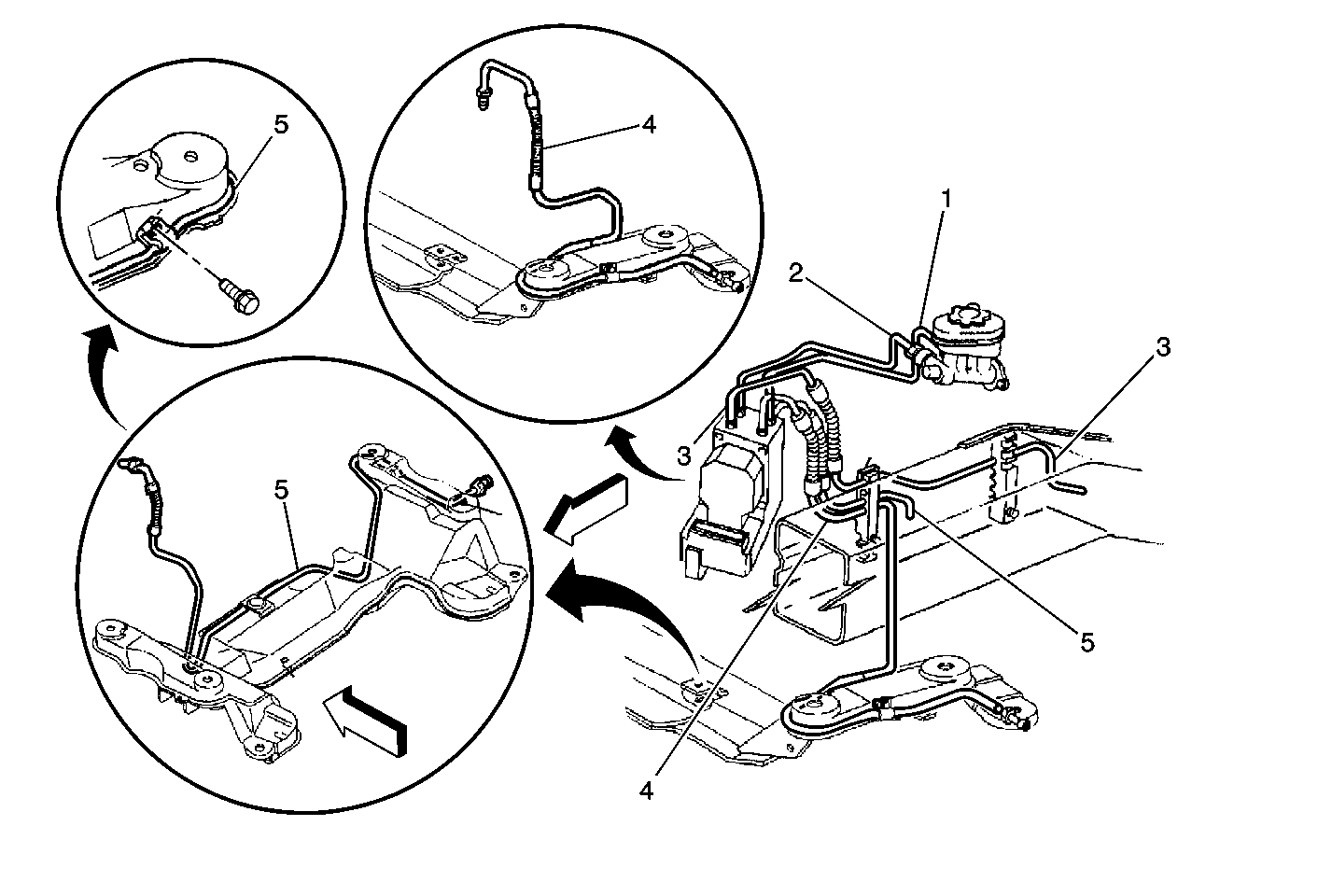Master Cylinder
Important:
• Replace all of the components that are included in the repair
kits used to service this master cylinder. • Lubricate the rubber parts in order to ease assembly. Use clean
brake fluid. • Do not use lubricated compressed air on the brake parts. This
action may cause damage to the rubber components. • If you remove or disconnect any hydraulic part, you may have to
bleed all or part of the brake system. • The specified torque values are for dry, non-lubricated fasteners. • Perform the service operations on a clean bench that is free from
all mineral oil materials.
The master cylinder has an aluminum body and a plastic reservoir. The brake system is a conventional front-to-rear split system. The master cylinder primary piston provides the fluid pressure to the front disc brakes. The secondary piston provides the fluid pressure to the rear disc brakes. If pressure is lost from either system, the remaining system will function in order to stop the vehicle.
Brake Master Cylinder Reservoir
The reservoir has a minimum and maximum fluid level indicator marks. The fluid level indicator marks are located inside the neck of the reservoir fill opening. Remove the reservoir cap in order to view these indicator marks.
Brake Pipe Routing and Location

Brake pipe location and routing can be found in the attached graphic. For brake pipe replacement, refer to Brake Pipe Replacement For information on flaring new brake pipes, refer to ISO Flares Replacement
